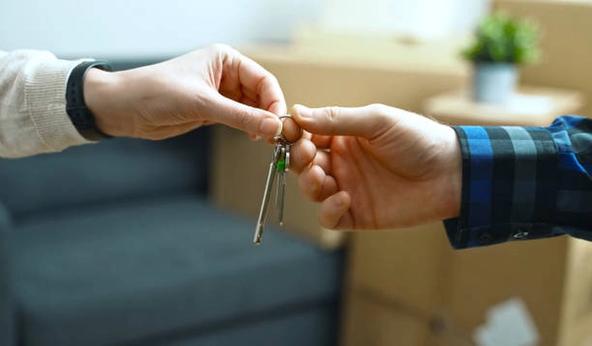Managing multiple properties means constant firefighting: overheating homes, cold bedrooms, energy complaints, or retrofit upgrades that don’t deliver. Combine that with balancing compliance pressures, resident expectations, budget constraints, and the constant need to prioritise works based on real performance, rather than on assumptions, and things can quickly feel unmanageable.
Most building data is fragmented, outdated, or modelled rather than measured. That leaves you making high-value decisions on incomplete information: investing in upgrades that may not address the root cause, responding to recurring comfort complaints without clarity, or approving retrofit plans that rely on assumptions about heat loss, ventilation, or system performance.
Build Test Solutions changes that.
Our measurement technologies provide a clear, evidence-based understanding of how your buildings actually perform.
From identifying poor fabric efficiency to validating retrofit outcomes, diagnosing heating issues, or verifying EPC improvements, you gain robust data you can act on immediately, without intrusive testing or lengthy project delays.
Non-disruptive, fast, accurate results
The tools are fast, cost-effective, and simple to deploy across individual homes or entire portfolios. Results integrate seamlessly into asset management workflows, giving your teams and contractors the confidence to plan interventions, allocate budgets, and measure progress against organisational targets.
With Build Test Solutions, you reduce risk, avoid unnecessary works, and ensure every investment is backed by trustworthy performance insights. The result is clearer decision-making, improved resident outcomes, and a more resilient, compliant, and efficient building stock.
The Build Test Solutions difference

- Save money: avoid unnecessary or ineffective upgrades
- Increase tenant satisfaction: fix comfort issues right the first time
- Stay accountable: use data to demonstrate improvements
- Reduce disruption: run tests during normal occupancy
Using BTS sensors has given my clients confidence in the accuracy of heat loss data. It’s helped me design the right systems, cut costs, and support the transition away from fossil fuels. - Energy Assessor, UK Housing Projects


